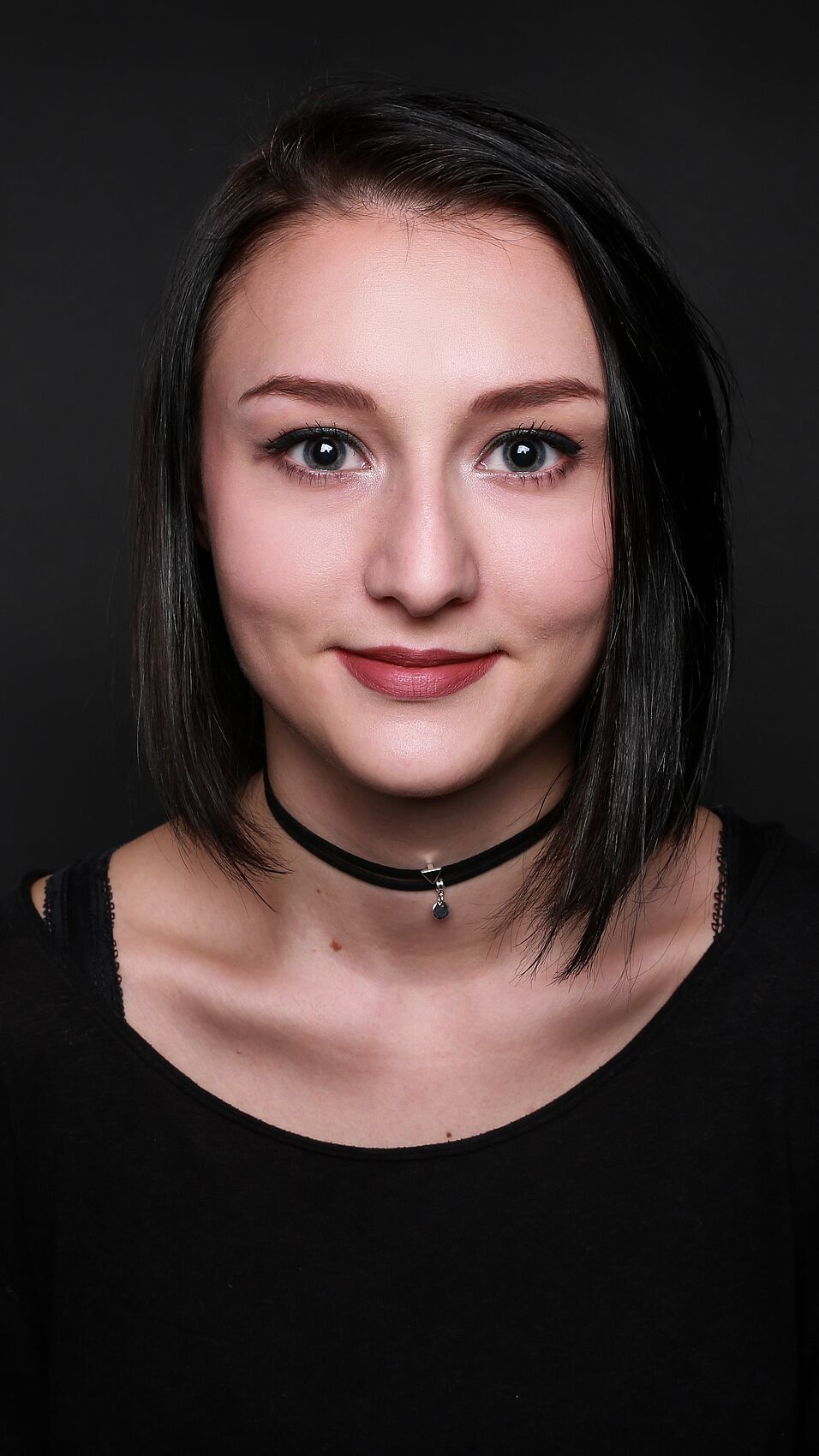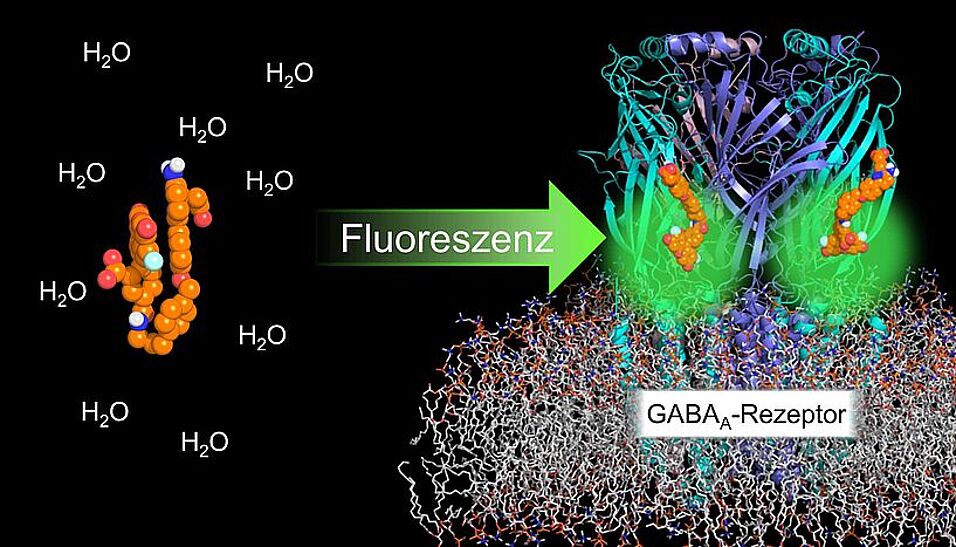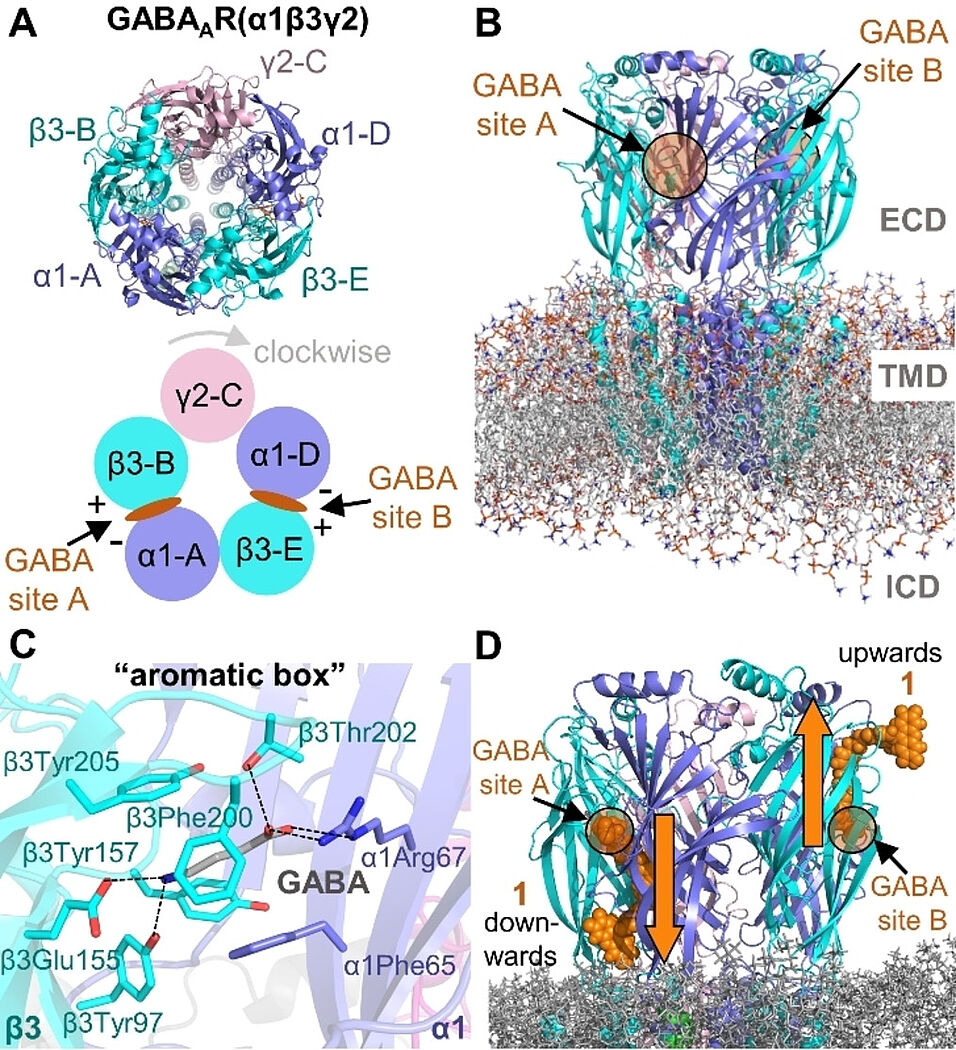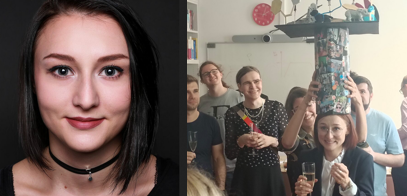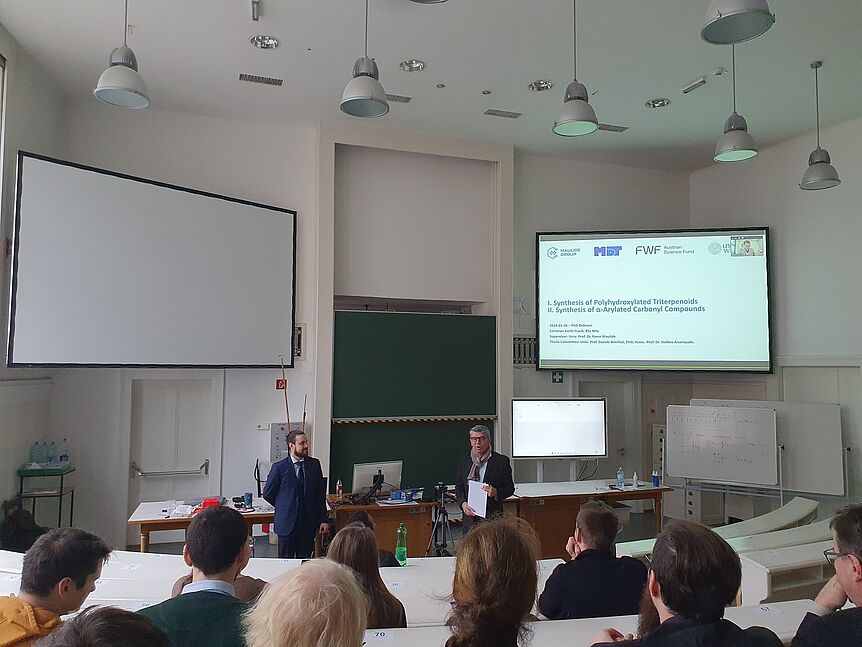We congratulate Nadja Singer who published as first author with two MolTag faculty member (Margot Ernst, and her supervisor Leticia González) in Angewandte Chemie International Edition.
The paper got accepted during Nadja is peforming her scientific internship abroad in Paris, in the lab of Antonio Monari!
UPDATE: The findings made in the paper evoked public interest and were shared as press release by both involved Universities, University of Vienna (Gónzalez group) and Margot Ernst (Medical University of Vienna).
The Austrian Public Television Broadcaster ORF likewise brought the news about the "fluorescent paint" that shows the effect of medication, relevant for patients with anxiety disorder, schizophrenia and epilepsy.
The Journal Angewandte Chemie Int.Ed. meanwhile informed the authors that their important paper was selected to be highlighted on the back cover in the next issue.
Kudos to the team and Congratulations again!
Press Release University of Vienna (german)
Press Release Medical University of Vienna (german)
ORF science news (german)
GABAA (γ-aminobutyric acid type A) receptors are ligand-gated ion channels mediating fast inhibitory transmission in the mammalian brain. In the paper, the authors report the molecular and electronic mechanism governing the turn-on emission of a fluorescein-based imaging probe able to target the human GABAA receptor. Multiscale calculations evidence a drastic conformational change of the probe from folded in solution to extended upon binding to the receptor. Intramolecular ππ-stacking interactions present in the folded probe are responsible for quenching fluorescence in solution. In contrast, unfolding within the GABAA receptor changes the nature of the bright excited state triggering emission. Remarkably, this turn-on effect only manifests for the dianionic prototropic form of the imaging probe, which is found to be the strongest binder to the GABAA receptor. This study is expected to assist the design of new photoactivatable screening tools for allosteric modulators of the GABAA receptor.
Research Article, Angewandte Chemie International Edition
Unravelling the Turn-on Fluorescence Mechanism of a Fluorescein-Based Probe in GABAA Receptors;
Najda K. Singer, Pedro A. Sánchez-Murcia, Margot Ernst, Leticia González
First published: 28 April 2022

